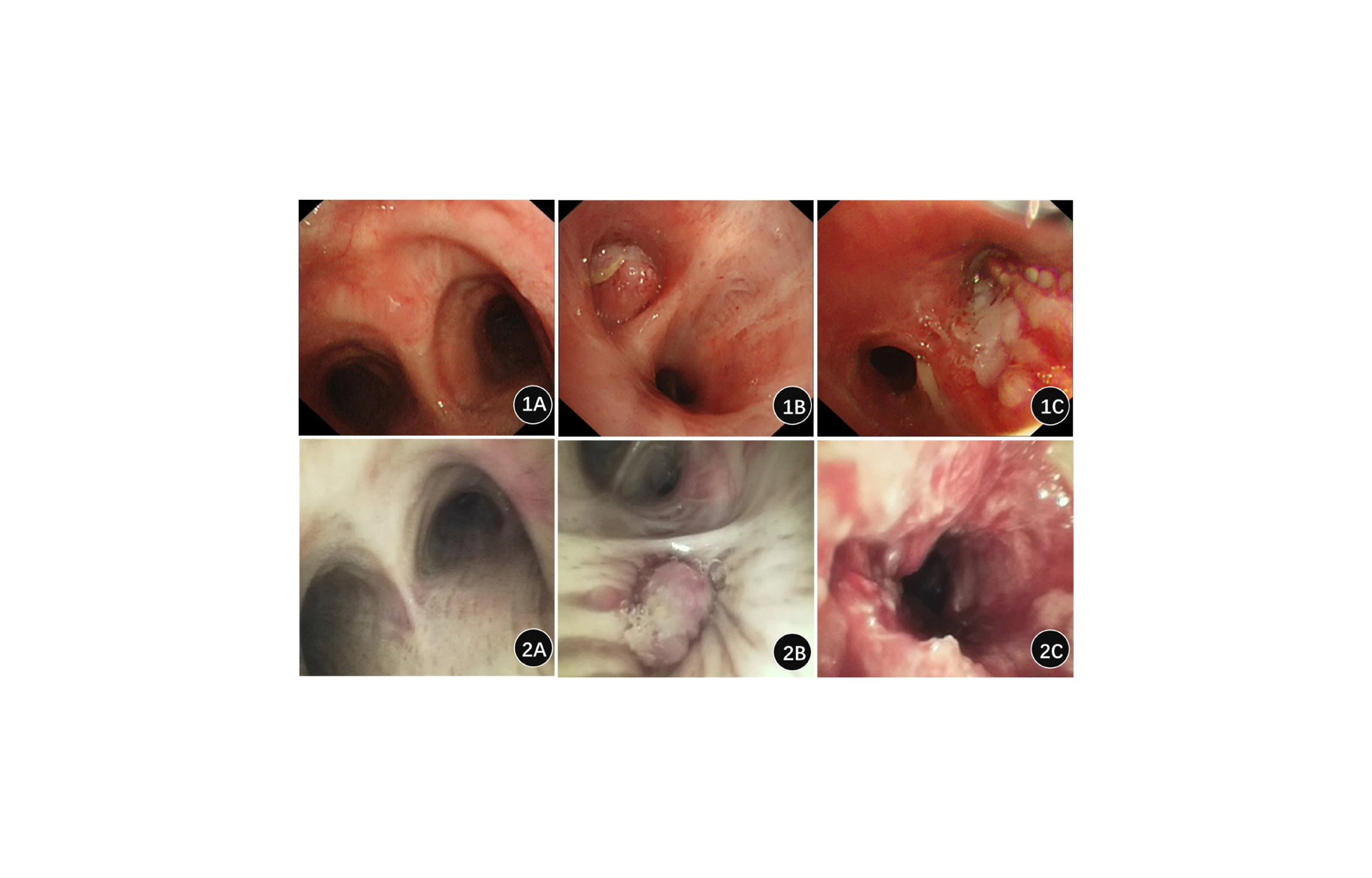
By the end of the year, European otolaryngologists may be using artificial intelligence (AI) to diagnose laryngeal cancer, predicts the co-founder of a company that makes systems to do just that.
This kind of AI system is expected to be particularly useful for otolaryngologists who do not specialize in head and neck cancer.
Marius Wellenstein, chief operations officer and co-founder of WSK Medical in Amsterdam, Netherlands, told ENTtoday that a platform developed by Zeno AI is already in use in two European academic medical centers helping identify laryngeal lesions. The product is not yet commercially available.
Progress is likely to be slower in the U.S. That’s because, so far, no AI tools have been approved for clinical use in otolaryngology in the U.S., in part because the field lacks large data sets to help create computer algorithms.
As valuable as AI is expected to be in otolaryngology, it will be no substitute for clinicians and their endoscopes and other devices, according to experts.
“AI’s role is not to replace physicians; it’s to augment our abilities,” Dr. Aaron Moberly, an associate professor in the department of otolaryngology–head and neck surgery at Vanderbilt University Medical Center in Nashville, Tenn., told ENTtoday.
Because computers can sift through data faster than humans, they can spot patterns and make connections that are difficult for humans to recognize.
AI is already in use in a variety of clinical areas. That includes enhancing the value of borescope evaluation of endoscope channels, with an eye on addressing the global challenge of infection transmission associated with endoscopy procedures.
It could potentially enable hospitals to add borescope evaluations to their post-endoscopy procedures.
AI is rapidly evolving, and Harvard Medical School’s Dr. Matthew G. Crowson told ENTtoday that he predicts AI will be part of ENT clinical workflows in the U.S. within two to three years.
A literature review from 2022 documents that applications to diagnose laryngeal cancer, such as Zeno AI does, are among the most promising for the field of otolaryngology. That’s primarily based on use of video laryngoscopy and histopathology slides.


